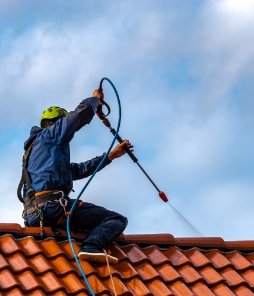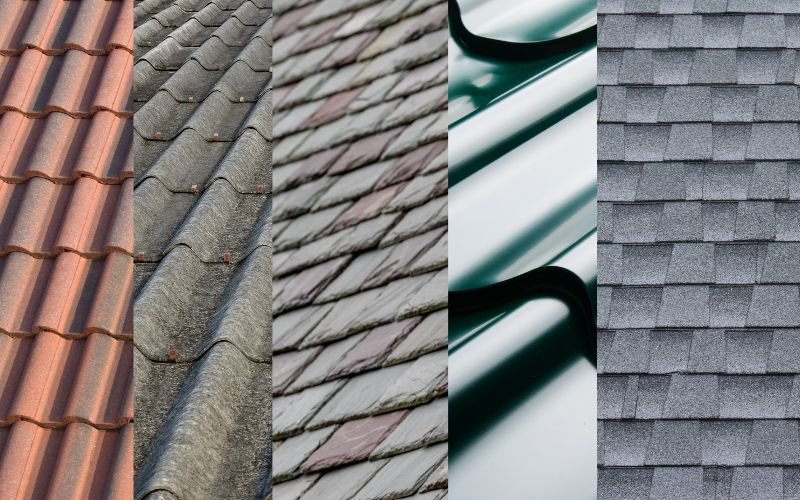
“Roofs stay unchanged… until suddenly they’re leaking.”
That’s a picture of what it’s like to have a roof: one day, your tiles look great, and the next, you’re ruining the ceiling of the living room. Most Australians wait until their tile roof is damaged enough to cost them a lot of money before fixing it. But what if you could see trouble coming before a single drop falls?
In Melbourne’s unpredictable weather, when one day it’s hot and sunny and the next it’s pouring rain, the type of roof tiles you choose isn’t just for looks. It affects how much energy your home uses, how well it can handle bad weather, and how long it will last. Want something that is really worth it? It all starts with knowing your materials, spotting early warning signs, and acting quickly before a “minor crack” turns into a big replacement.
In this article, we’ll look at the most popular roof tiles in Australia, their benefits and cons, how they hold up in Melbourne’s peculiar weather, and what maintenance you should expect as a homeowner. No matter where you reside in Melbourne—you’ll find out what your roof needs to keep sturdy and solid.
Types of Roof Tiles in Australia
1. Terracotta Roof Tiles
Terracotta tiles are a common feature in older residences and heritage-style buildings in Melbourne. They are made from natural clay and are burned in a kiln, which gives them great looks and keeps heat in.
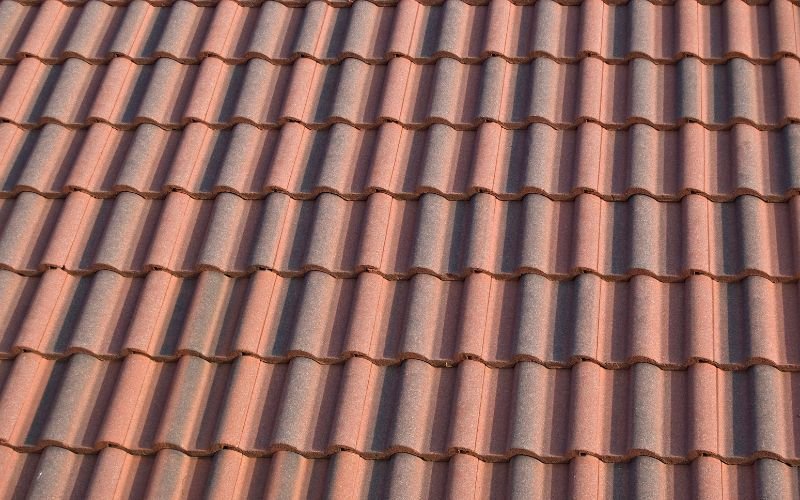
Pros:
- Natural insulation properties
- Durable and fire-resistant
- Fade-resistant colour baked in
Cons:
- Brittle and prone to cracking under impact
- Higher cost
- Moss and lichen build-up in humid areas
Common Repairs:
Terracotta tiles can occasionally shatter in one spot, particularly when trees fall on them or people walk on them. Repairs typically entail moss removal, repointing ridges, or replacing damaged tiles. Careful pressure cleaning is necessary to maintain the surface’s safety. Homes with terracotta roofs in Bayswater require repairs that are frequent, since the older design of the suburb necessitates regular upkeep to maintain both performance and attractiveness.
2. Concrete Roof Tiles
Modern Melbourne homes often use concrete tiles since they are cheap and can be used in many ways.

Pros:
- Lower cost than terracotta or slate
- Great thermal and acoustic insulation
- Available in various shapes and profiles
Cons:
- Susceptible to water absorption
- Colour fades over time
- Can become brittle with age
Common Repairs:
Concrete tiles may develop tiny cracks or absorb moisture, which could result in internal leaks. The job includes repairing items like faded surfaces, cracked tiles, and crumbling ridge capping. The area’s heavy rainfall puts concrete roofs to the strain, necessitating routine inspections and sealing to avoid long-term damage, which makes roof repairs in Ferntree Gully particularly common.
3. Slate Roof Tiles
Slate tiles, which are common in high-end or historic properties, are naturally beautiful and last a long time.
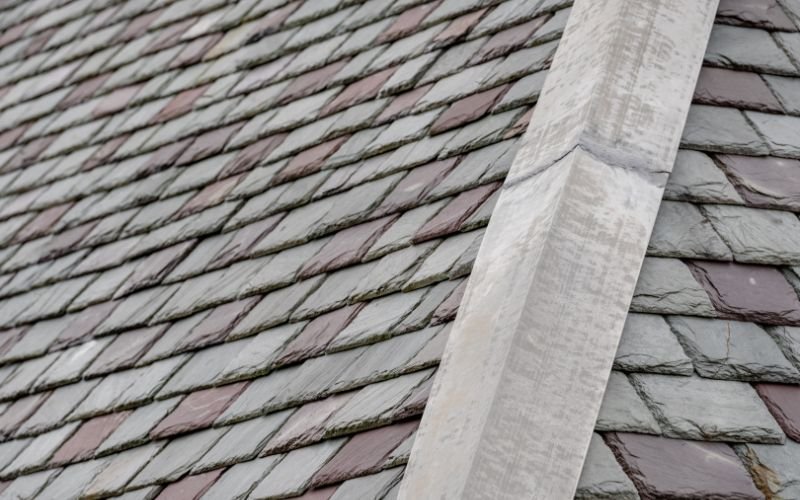
Pros:
- Extremely long-lasting (can exceed 100 years)
- Fireproof and weather-resistant
- Adds significant value to properties
Cons:
- Very heavy—requires reinforced support
- High cost
- Repairs must be done by specialists
Common Repairs:
Although they can slip or come loose, slate tiles don’t break very often. When fixing something, you remove the old slates and replace them with matching ones, fastened with copper or stainless steel. You should avoid walking on slate to keep it safe. Slates may move or fastenings may deteriorate over time due to the region’s severe temperatures, necessitating roof repairs in Ringwood.
4. Metal Roof Tiles (e.g. Colorbond Tiles)
These lightweight options look like tiles but are as strong as steel, making them perfect for places that are prone to coastal storms and bushfires.
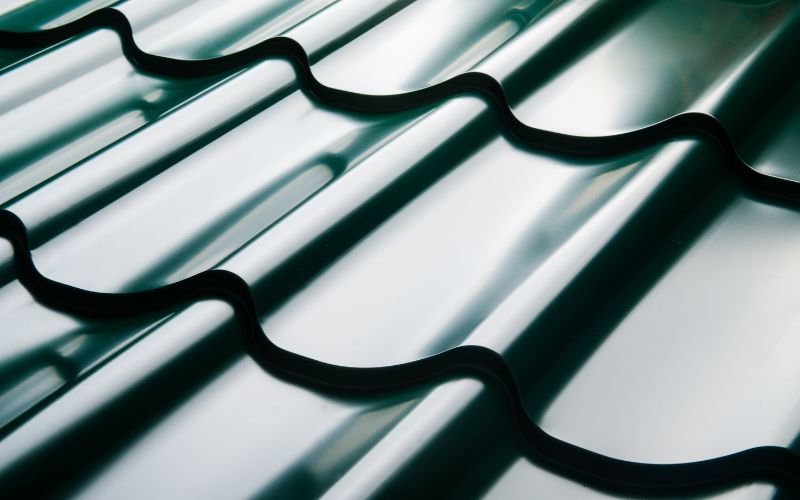
Pros:
- Lightweight and fast to install
- Excellent resistance to wind and fire
- Minimal maintenance
Cons:
- Noisy in rain if not insulated
- Can dent from heavy hail
- May fade or corrode over time
Common Repairs:
Repairs include putting new coats on faded tiles, sealing or replacing corroded areas, and fixing sheets that are dented or raised. Paints that match the colour can bring back the look.
5. Composite & Synthetic Tiles
These new options are made from recycled plastic, rubber, or polymer and are becoming more popular for eco-friendly buildings.
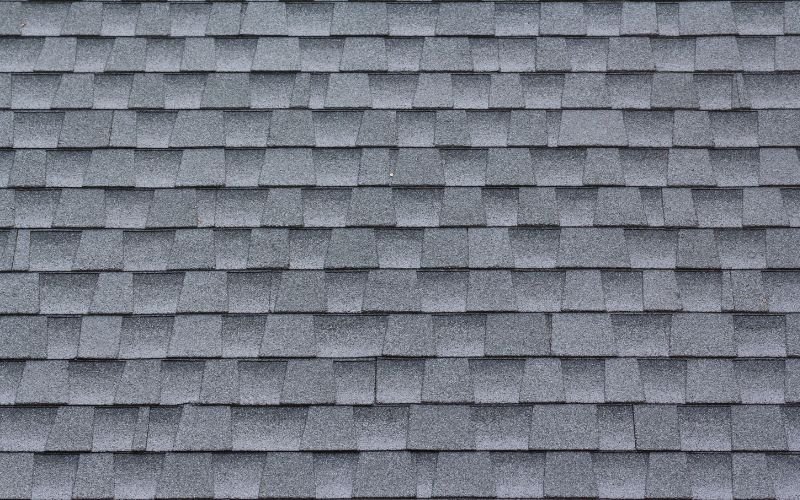
Pros:
- Lightweight
- Highly impact-resistant
- UV and weather-resistant
Cons:
- May not match aesthetic of heritage suburbs
- Long-term performance still under review
- Limited supplier availability
Common Repairs:
Generally, replacing something is easy, but finding the right shade and material might be hard. Most of the time, the manufacturer makes sticky sealants that can fix small gaps.
How to Identify Your Roof Tile Type
Do you know what tiles you have? Here’s how to find out:
- Terracotta: earthy tones that are warm, a little porous, and sound like ceramic when tapped.
- Concrete: Heavy, smooth surface that is often painted.
- Slate: Looks like natural stone, feels cool to the touch, and has edges that aren’t straight.
- Metal Tiles: thin, a little flexible, and have a metallic underlayer.
- Composite: Smooth surface and density like plastic.
To be sure, look under a loose tile or have a roofing specialist check it.
Repair or Replace? Here’s the Rule of Thumb
- Less than 10% tile damage: Spot repairs.
- Widespread leaks or sagging: Consider replacement.
- Tiles over 30 years old? Time for a professional inspection.
Check for indications like losing granules, drooping ridgelines, stains on the ceiling, or excessive energy bills, which are commonly caused by insulation breaking down.
Also, think about what your roof has gone through. The weather in Melbourne can change a lot, which impacts how tiles age. Even if there is no visible damage, you should schedule an examination if you just went through a hailstorm or a heat wave.
When in doubt, an experienced roofing professional can tell you if smart repairs will be enough or if a bigger restoration is needed.
Related: Rooftops Around the World
Why Timely Repairs Matter
If you ignore a tiny problem, it could get worse:
- Long-term leaks can destroy structures.
- Growing mould and mildew
- Insurance claims are turned down because of carelessness.
If you wait to fix your roof, a simple cracked tile could cause harm to the insulation within, the ceiling to fall down, or the roof timbers to rot. These problems aren’t simply skin deep; fixing them is expensive, takes a lot of time, and is a lot of work. Regular checks and quick responses might help you prevent big money problems and possible safety issues.
Another effect of putting off repairs that people don’t think about is that they waste electricity. Damaged tiles or badly sealed ridges make your roof less insulated, which means that in the winter, your rooms will be draughty and in the summer, they will be hot. Taking care of your home properly keeps it comfortable all year round and lowers your energy expenditures.
Pro Tips for Melbourne Homeowners
- Set up inspections before and after winter.
- Clean your gutters every three months to prevent water buildup.
- Don’t do your own tile walking; it does more harm than benefit.
- Employ licenced roofers who are aware with the rules set by the Melbourne municipality.
You could also think about buying new technology like smart moisture sensors and roof ventilation systems. These can let you know about leaks before they get too bad. It’s also a good idea to keep records of all the work you do on your roof, like photos, invoices, and dates, for insurance and resale reasons.
And don’t forget that every house is unique. In Ringwood, a slate roof acts differently than concrete tiles do in Ferntree Gully. Working with a roofer that knows the styles of buildings and the weather in your area is a big plus for preventative care.
Final Thoughts
Your roof is more than just a protection; it’s also an investment. Like any good investment, it needs to be taken care of. You can make your roof last longer and keep your peace of mind by knowing what kind of tile you have, spotting problems early, and acting quickly.
Experience is the finest tool for fixing a concrete tile roof, getting help with terracotta tile repair ideas, or just having a pro fix your tile roof leak.
If you’re in Melbourne and having problems, don’t wait for an emergency on a rainy day. Call the pros at Eufouria to fix your roof, tile by tile.
-
November 13,2025
Maintenance Tips for Slatted Roof Systems in Melbourne
-
October 30,2025
Colour & Style Trends for Roofing in Melbourne
-
October 7,2025
How to Prevent & Fix Flat Roof Leaks in Melbourne
-
September 29,2025
Role Of Ember Attack In Roof Ignition & How To Prevent It
-
September 16,2025
Roof Ventilation and Repairs: Why Melbourne Homes Overheat
-
August 19,2025
Roof Leak or Plumbing Leak? How to Tell the Difference in Homes
-
August 4,2025
Gutter and Roof Safety Tips Before Bushfire Season in Victoria
-
July 18,2025
The Ultimate Roof & Gutter Maintenance Checklist for Melbourne Homeowners
-
June 26,2025
Metal vs. Asphalt: Which Roofing Material Lasts Longer?
-
June 6,2025
Drones in Roofing: How We Inspect Roofs Safely and Quickly in Melbourne
-
May 14,2025
5 Common Roof Problems in Coastal Areas (and How to Prevent Them)
-
April 16,2025
Dealing with Gutter Blockages During Melbourne’s Rainy Season: Repair Tips & Tricks
-
March 27,2025
Tile Roof Restoration – Key Signs Your Tiled Roof Needs Attention
-
March 7,2025
How to Get Your House Ready for Roof Restoration
-
February 28,2025
Why Is Your Roof Paint Peeling? Top Causes and Solutions
-
February 10,2025
The Importance of Roof Inspections Before Buying a Home in Melbourne
-
January 15,2025
Heat-Reflective Roof Restoration Coatings Lower Energy Bills
-
January 9,2025
The Hidden Dangers of Roof Mould: How It Affects Your Home and Health
-
December 26,2024
Why Melbourne’s Summer Is the Ideal Season for Roof Restoration
-
December 17,2024
Rooftops Around the World: Comparative Analysis With Australia’s Superior Guidelines
-
November 25,2024
Why Gutter Cleaning in Melbourne is Crucial Before the Winter Season
-
October 19,2024
Common Roof Problems in Melbourne: Causes and Effective Solutions
-
September 30,2024
Roof Repair Signs: What Every Melbourne Homeowner Should Know
-
September 23,2024
Tips to Maintain and Extend the Life of Your Restored Roof in Melbourne
-
August 26,2024
The Complete Guide for Roof Inspections and Restorations
-
August 12,2024
Restoration vs. Repairs: Choose the Right One for Your Home

